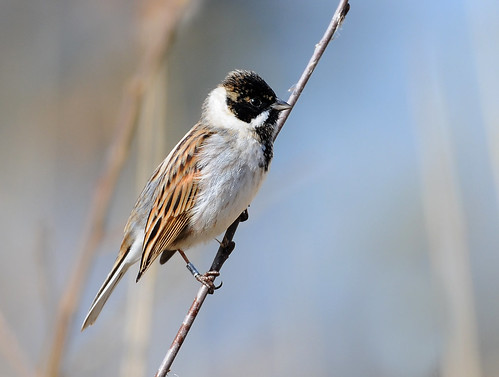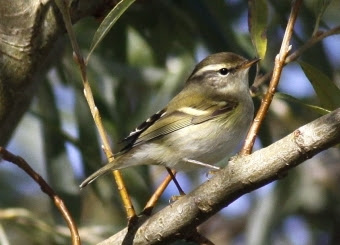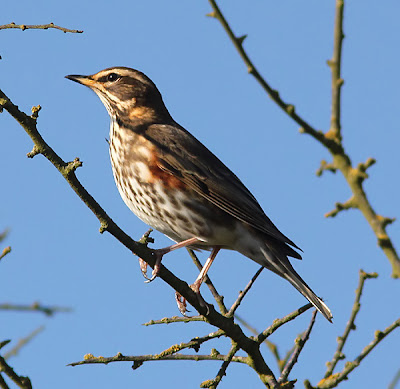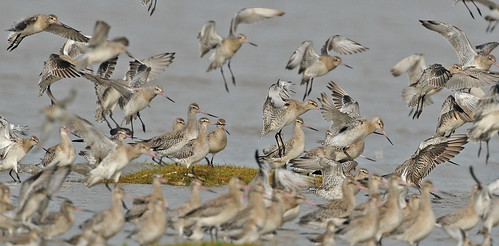....if you would read below and consider signing the petition at the top of my sidebar to get this creature back to the sea where it belongs, and please note....you don't have to live in the UK to sign.
Killer Whales. Credit Unknown.
Morgan is a young female wild caught Orca, rescued by the Dolphinarium Harderwijk in June 2010 who gained a permit to rescue her on the condition she was released back to the ocean as soon as possible. This did not happen. Morgan was put 'on show' to the public within 5 weeks of her 'rescue'. It is a well known fact that when rescuing wildlife, the only human contact of any kind should be to improve the health of the animal and to rehabilitate and release back to the wild. They absolutely should not be on show to the public.
There are too many questions that remain unanswered, just a few of those questions are:
1.Why were Orca experts prevented from entering Dolphinarium Hardervijk much earlier to obtain DNA and vocal recordings of Morgan to find her pod (all pods have their own dialect), eventually being allowed in after the first court hearing a year later (August 2011).?
3.Why is the media 'still' reporting that 7 'experts' brought in by Dolphinarium Hardervijk said Morgan's release would be 'too risky' when 4 of those 7, on gaining new information on Morgans vocals/call signals, switched sides and supported her rehab and release?
It has been said that Morgan was sent to Loro Parque in November 2011 as this was 'in her best interest', this is not true. Morgan was sent to Loro Parque due to loopholes in laws. There was, and still is a solid, well organized rehab and release plan for Morgan by some of the worlds top Orca experts. Her call signs have been matched to relatives and there is no reason why Morgan would not be accepted into this pod especially as she is a young female.


.jpg)



.jpg)













.jpg)















